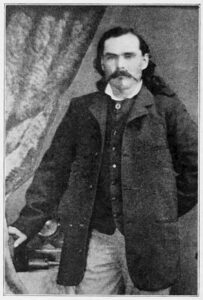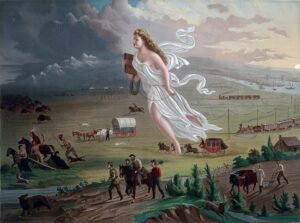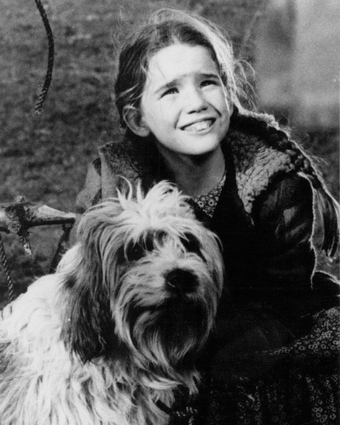
Melissa Gilbert as Laura Ingalls, with Barney, playing the role of "Jack"
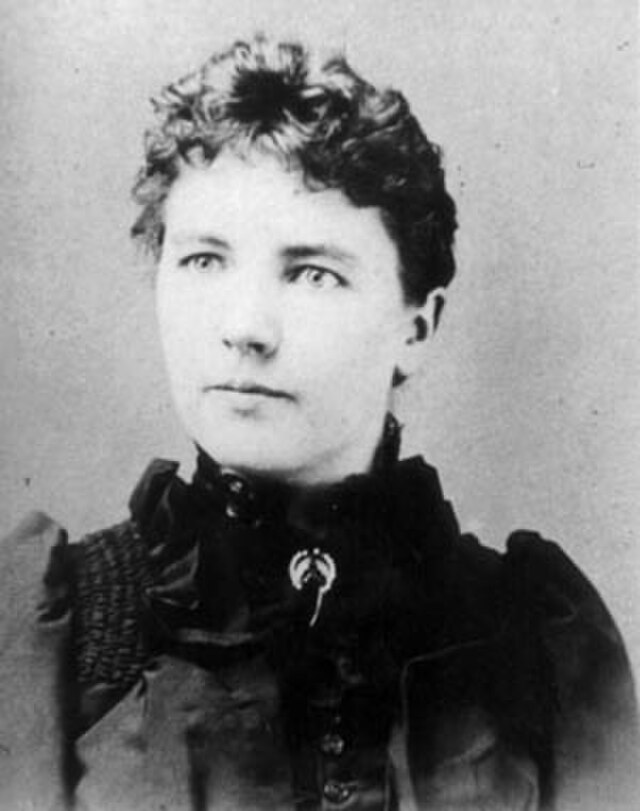
Introduction
Laura Ingalls Wilder is a name that resonates with readers around the world, particularly those who have delved into the “Little House” series of books. These semi-autobiographical novels chronicle the adventures and trials of a pioneer family in the late 19th-century American Midwest. However, behind the beloved children’s stories lies the real life of Laura Ingalls Wilder, a woman whose experiences as a pioneer, teacher, and writer were marked by resilience, hardship, and a deep love for storytelling.
Early Life and Family Background
Laura Elizabeth Ingalls, the second of five children born to Charles Phillip Ingalls and Caroline Lake Quiner Ingalls, entered the world on February 7, 1867, in a log cabin near Pepin, Wisconsin. Her early years were far from easy, as the Ingalls family, driven by the American pioneer spirit, constantly sought better opportunities and a more prosperous life. Laura’s childhood was a series of relocations, from the dense woods of Wisconsin to the prairies of Kansas and the banks of Plum Creek in Minnesota, each presenting its own challenges.
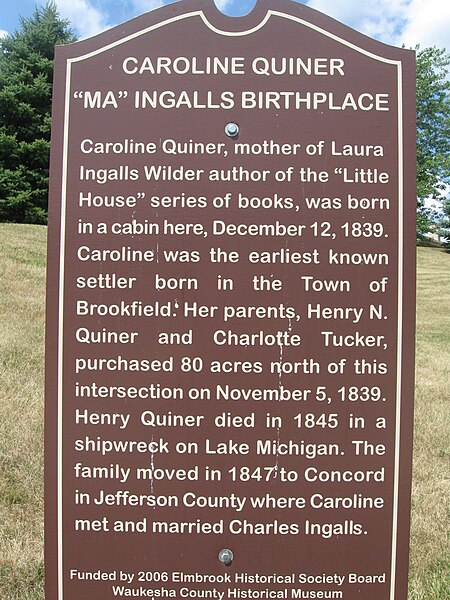
Charles Ingalls, known as “Pa” in the “Little House” books, was a restless man with a strong belief in Manifest Destiny—the 19th-century doctrine that justified American expansion across the continent. His ambition often placed the family in difficult circumstances, such as dealing with locust plagues, harsh winters, and economic instability. Caroline Ingalls, or “Ma,” was a stabilizing force in the family, often ensuring that her children received an education and maintained a semblance of normalcy despite their constant relocations. Laura’s upbringing in such a dynamic and sometimes precarious environment profoundly influenced her writing, providing the raw material for her later literary works.
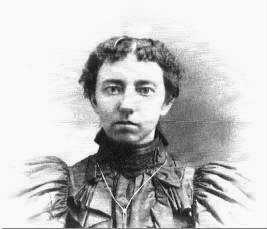
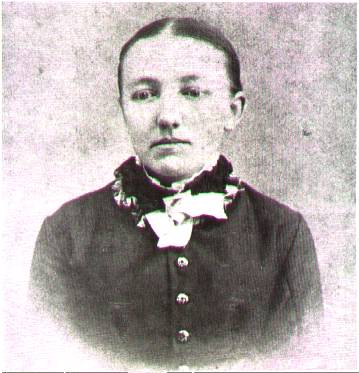
Adolescence and Early Adulthood
As Laura grew older, her family continued to move frequently. They eventually settled in De Smet, South Dakota, in 1879, where Laura spent much of her adolescence. The harsh conditions of the Dakota Territory during this period, including severe winters and the challenges of frontier life, were vividly captured in her book “The Long Winter.” These experiences of hardship and survival became a central theme in many of her stories.
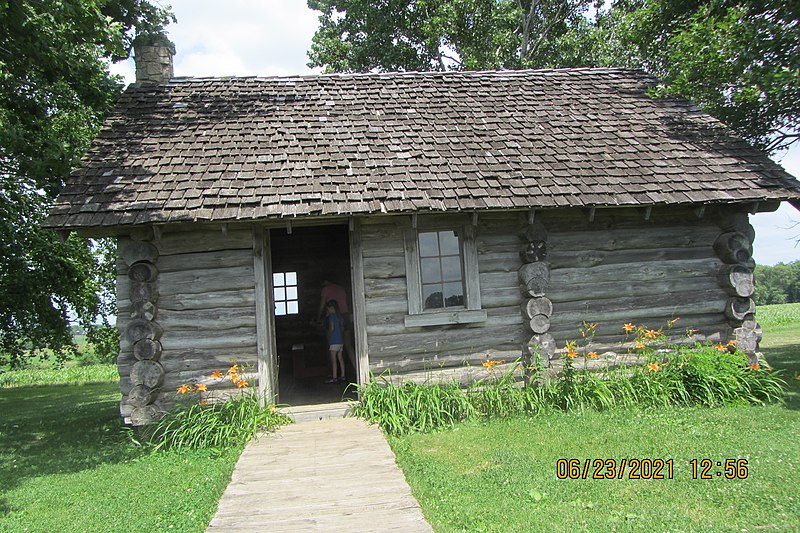
One particularly dramatic episode from Laura’s youth portrayed in the television series “Little House on the Prairie” involved the family’s encounters with Native Americans. While these interactions were often dramatized on screen, they were based on real tensions between settlers and indigenous populations during the westward expansion. The Ingalls family, like many other settlers, faced fear and uncertainty during these encounters. In her book “Little House on the Prairie,” Laura describes moments of fear when the Osage Indians appeared near their home, reflecting the broader anxieties of settlers in the region during that era (Fraser, 2017).
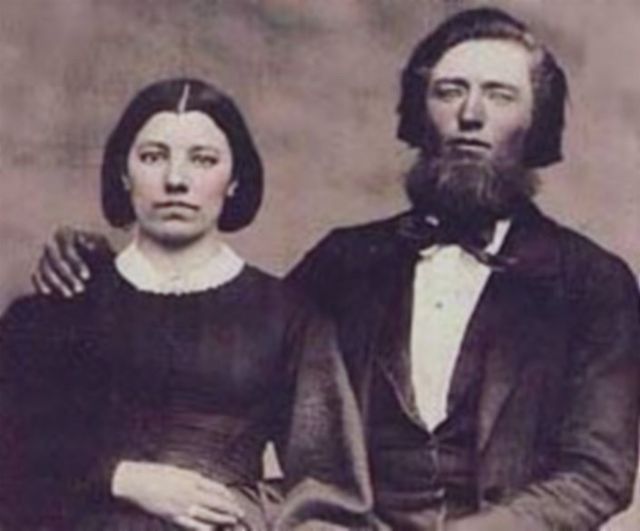
At age 15, Laura took her first teaching job to help support her family even though she was still a student herself. She taught in a one-room schoolhouse in De Smet, South Dakota, a role that was both challenging and formative. Her teaching career continued sporadically for several years, but her primary focus remained on helping her family. During this period, Laura met Almanzo Wilder, a young homesteader who would become her husband. Despite a significant age difference—Almanzo was ten years her senior—the two developed a close relationship and married on August 25, 1885.
Marriage and Family Life
A series of difficulties marked Laura and Almanzo’s early married life. They initially settled on a small farm near De Smet, but a combination of poor weather, crop failures, and Almanzo’s illness (a long-term complication of diphtheria) forced them to abandon their homestead. In 1889, the couple suffered the devastating loss of their second child, a son who died shortly after birth. Their daughter, Rose Wilder Lane, born in 1886, would survive and go on to become a well-known writer in her own right, playing a significant role in the eventual publication of her mother’s books.
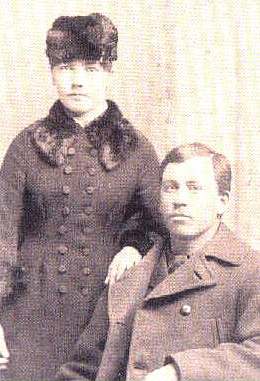
The Wilders moved several times over the next few years, seeking a stable livelihood and better health. They lived briefly in Florida before returning to the Midwest and eventually settling in Mansfield, Missouri, in 1894. There, they purchased a farm that they named “Rocky Ridge,” where they would spend the remainder of their lives. After years of struggle, the Rocky Ridge Farm became a symbol of stability and success for Laura and Almanzo. It was also here that Laura began to seriously consider writing as a career, inspired in part by her daughter Rose’s success as a journalist and author.
Literary Career and the “Little House” Series
Laura Ingalls Wilder’s literary career began relatively late in life. In the 1910s and 1920s, she wrote a series of articles for the “Missouri Ruralist,” a popular regional publication which focused on farm life and homemaking. Her writing style was clear, practical, and engaging, and these early articles laid the groundwork for her later books.
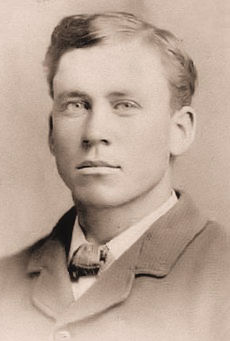
The “Little House” series was born out of a desire to preserve her family’s pioneer history and share it with a broader audience. With encouragement and editorial assistance from her daughter Rose, Laura began writing her first book, “Little House in the Big Woods,” in the early 1930s. The book was published in 1932 and was an immediate success, capturing the imagination of children and adults alike. Laura continued to write, producing eight more books over the next decade, which together became known as the “Little House” series.
The books were semi-autobiographical, blending fact and fiction to create a compelling narrative of pioneer life. While they were marketed as children’s literature, they also appealed to adults for their vivid portrayal of the American frontier and the values of independence, hard work, and family. The series remains popular today, translated into numerous languages and adapted into a long-running television series, “Little House on the Prairie,” which aired from 1974 to 1983.
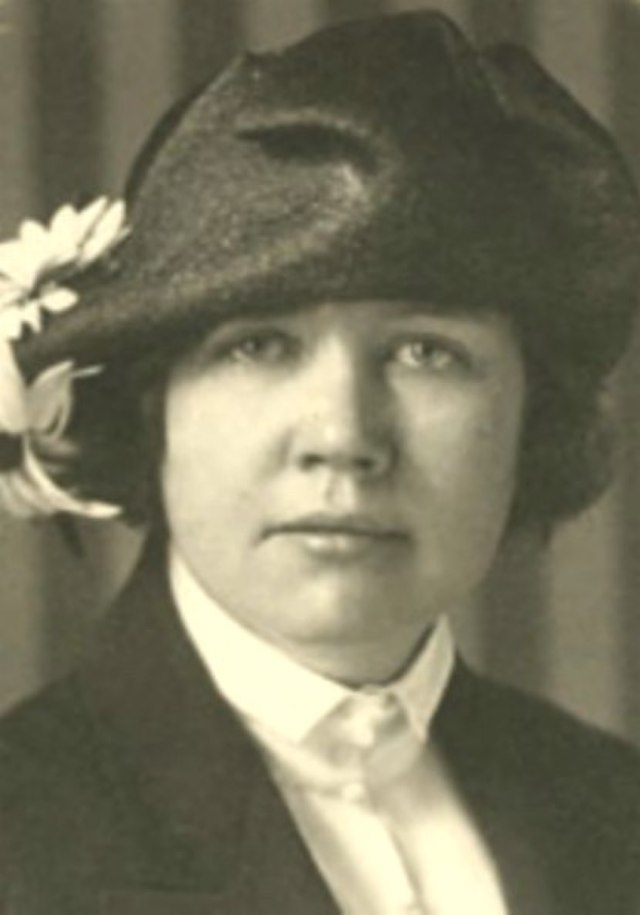
For many, including myself, watching the “Little House on the Prairie” series was a cherished experience shared with family. I clearly remember watching these shows with my mother as a child, captivated by the stories of resilience and family bonds. However, as I grew older, the emotional memories of the tragedies and struggles depicted in the show made it difficult to watch again, reminding me too vividly of the harsh realities that the Ingalls family faced.
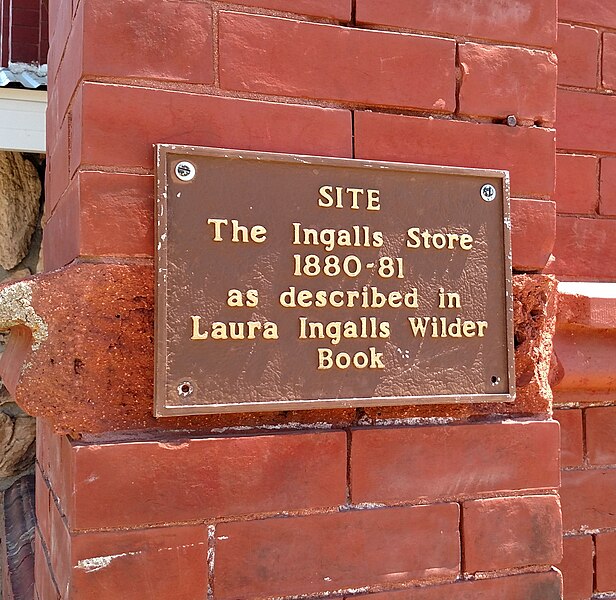
While the store building no longer exists, the location is noted in De Smet’s downtown area with this marker on what’s currently on the site, a former bank building that now houses Gass Law Firm.
Dramatic and Traumatic Events
The television adaptation of the “Little House” series, while beloved by many, did not shy away from portraying the real and often traumatic events Laura and her family faced. Episodes that depicted life-threatening blizzards, near-starvation, and the threat of violence were based on real events described in Laura’s books. For example, the dramatic blizzard episodes in “The Long Winter” were based on the severe winter of 1880-1881, when the Ingalls family nearly ran out of food and fuel. The depiction of near-starvation, intense cold, and the struggle to survive reflected the extreme hardships that many pioneer families endured (Miller, 1998).

Additionally, the series included storylines about the danger of wildfires, illness, and accidents that could easily devastate a family living on the frontier. These portrayals, while sometimes dramatized for television, were rooted in the real dangers of pioneer life, where medical care was scarce, and communities often had to fend for themselves in times of crisis. These elements of the show were a testament to the resilience and determination of the Ingalls family and their community.
Later Years and Death
Laura Ingalls Wilder continued to write and manage the Rocky Ridge Farm well into her later years. She remained active in her community and was a prominent figure in Mansfield, Missouri. Her beloved husband, Almanzo, passed away in 1949 after more than 60 years of marriage. Despite this loss, Laura maintained her independence and continued to engage with her readers through correspondence.
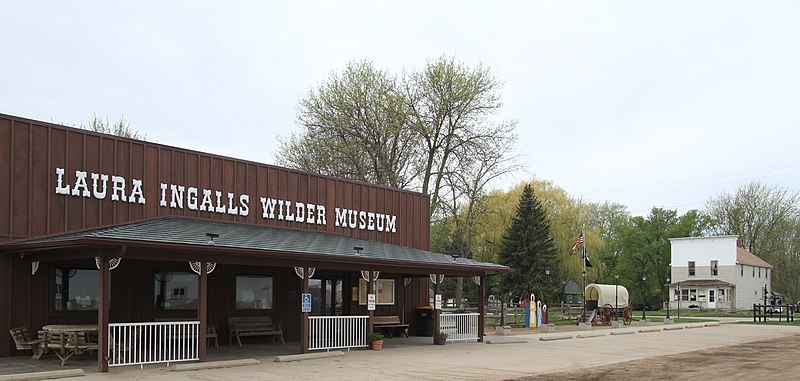
Wilder passed away on February 10, 1957, just three days after her 90th birthday. She died of complications related to diabetes, which had affected her health in her final years. By the time of her death, she had become a literary icon, and her books had firmly established her as a chronicler of the American pioneer experience. Her legacy is celebrated through numerous memorials, museums, and educational programs dedicated to preserving her work and the values she espoused.

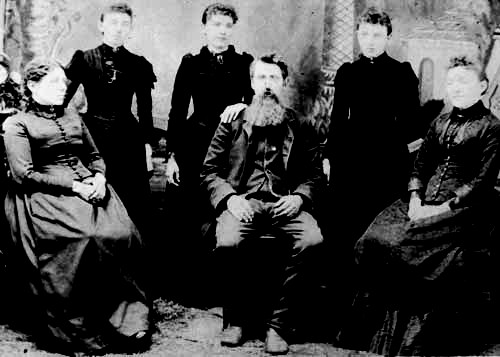
Conclusion
Laura Ingalls Wilder’s life was a remarkable journey of hardship, perseverance, and literary achievement. Her “Little House” books have left an indelible mark on American culture, providing a window into the lives of pioneers and the realities of frontier life. Through her writing, Wilder captured the spirit of the American West and the values of self-reliance, courage, and family. Her work continues to inspire readers worldwide, reminding us of the enduring power of storytelling and the importance of remembering our past.
References
1. Anderson, William. Laura Ingalls Wilder: A Biography. HarperCollins, 1992.
2. Miller, John E. Becoming Laura Ingalls Wilder: The Woman Behind the Legend. University of Missouri Press, 1998.
3. Fraser, Caroline. Prairie Fires: The American Dreams of Laura Ingalls Wilder. Metropolitan Books, 2017.
4. Wilder, Laura Ingalls. The Little House Books. HarperCollins, various editions.
5. Lane, Rose Wilder. The Ghost in the Little House: A Life of Rose Wilder Lane. University of Missouri Press, 1993.
